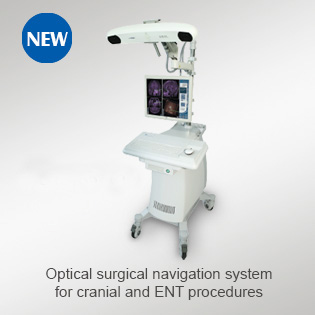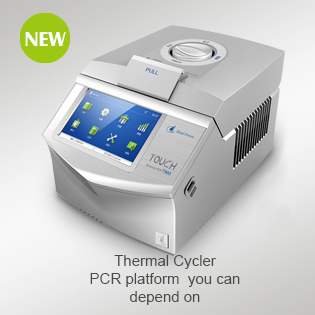And of course, we’ve been seeing its development in the history of medicine. To this day, the surgical light equipped with DVR allows doctors to observe the operations in every corner of the world without being crowded in the operating room.
Surgical Shadowless Lights in Various Types in History
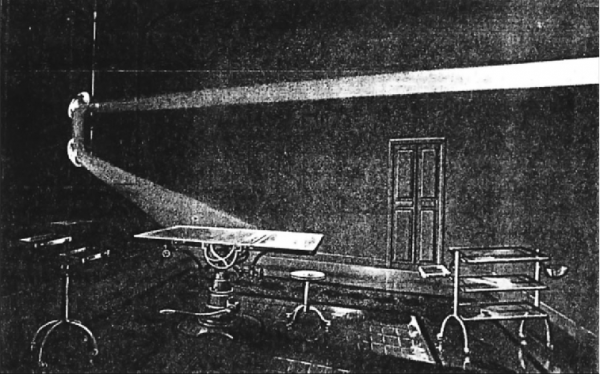
1. Hole Type
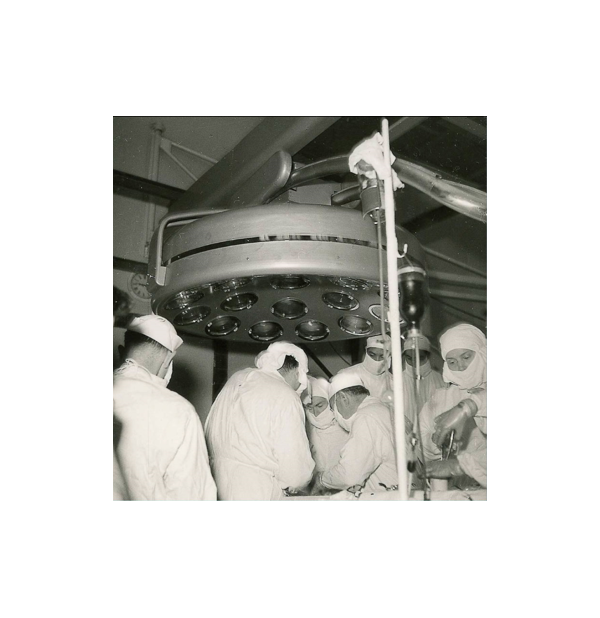
By the 1950s, hole-type shadowless lights were successively produced and applied in Europe and Japan. In the early 1980s, Japan began to produce cold-light hole-type surgical shadowless lights with halogen light sources.
However, the hole-type shadowless lamp with the incandescent lamp as the light source has low luminous intensity and insufficient illumination.
2. Integral Reflection Operation Light
In the late 1980s and early 1990s, the integral reflective surgical shadowless light came out, which means that the production technology of surgical lights has become mature.
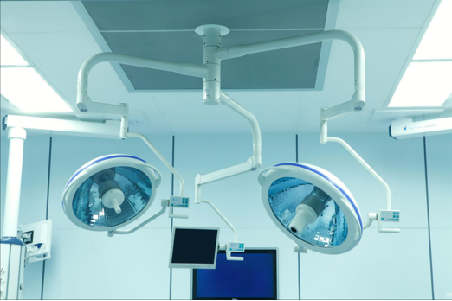
The light source is represented by a tungsten halogen lamp. The biggest difference between this type of light source and an incandescent lamp is that the glass shell of the halogen tungsten lamp is filled with halogen gas, which makes the filament working temperature higher, so as to obtain a more ideal brightness, color temperature, and luminous efficiency.
Weakness: High heat radiation, high energy consumption, short service life, unadjustable color temperature.
3. LED Operation Thearter Shadowless Light
In 2007, LED medical lighting got started. After more than ten years of development, the LED surgical shadowless light shines with its brilliant shape, long service life, excellent cold light effect, energy-saving, and environmental protection. With the continuous development of medicine, traditional LED surgical shadowless lamps have also revealed some shortcomings. In order to solve the problem of traditional LED shadowless lamps with fixed color temperature, which cannot fully meet the needs of complex surgical lighting, and it is also difficult for the surgeon to distinguish the tissues of the surgical site.
How Surgical Shadowless Light Works

The surgical shadowless lamp is designed based on the principle of multi-point light source effect, that is, when there are multiple light sources illuminating an object, some of the light from the light source is blocked by the object and cannot reach the receiving surface, resulting in shadows, while the light from other light sources illuminates this shadow area from another angle, thereby weakening and eliminating the shadow of this area, and finally forming a shadowless area.
In simple terms, shadowless light consists of multiple light sources with different angles, and the area where light source A will produce shadows can be illuminated by light source B, which makes the surgical light shadowless. Make sure that every place has at least one light that can be illuminated to eliminate the effects of shadows.

